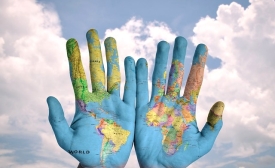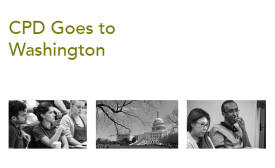digital diplomacy
Its Office of Management and Budget just launched the "HTTPS-Only Standard" initiative, requiring the use of the HTTPS (Hypertext Transfer Protocol Secure) protocol on all publicly accessible Federal websites and web services. In today's web browsers, the https:// protocol (as opposed to the traditional, outdated http://) offers the strongest guarantee of reliable information and secure transmission.
The current occupant of that office, Richard Stengel, acknowledges that "the ultimate battle is not on the military battlefield, it's in the information space." (...)The problem is that ISIS is very, very good at turning out highly professional video work. They are adept at using the right music to evoke the right mood and their grizzly executions take on an almost ethereal feeling.
If content is what drives good websites, than information is what drives good digital diplomacy profiles...The more information one publishes, the greater the number of peers one will attract.

Twitter may be leveling the diplomatic playing field.

This CPD co-sponsored panel at the Pacific Council on International Policy's spring conference explored how foreign ministries are practicing international advocacy.

Check out these two exciting opportunities to engage with CPD in D.C.
Israeli social media exploded Wednesday and Thursday in reaction to a tweet by Benjamin Netanyahu, in which the prime minister attempted to shift focus from the findings of a state report on the country’s housing crisis to Iran’s nuclear program
Reports Wednesday that three men have been arrested over plans to travel from New York to join ISIS -- and that one of them allegedly posted online about his desire to shoot the President of the United States -- is simply the latest reminder that terrorist groups and their sympathizers are exploiting the freedom of cyberspace.







